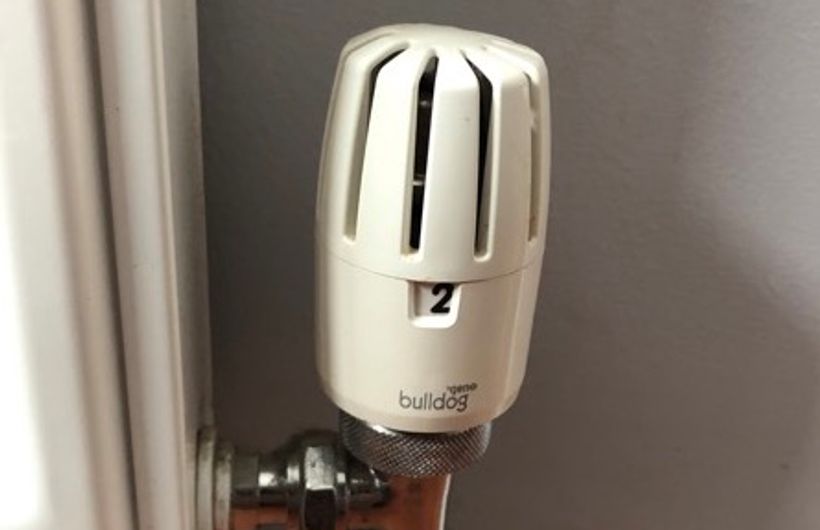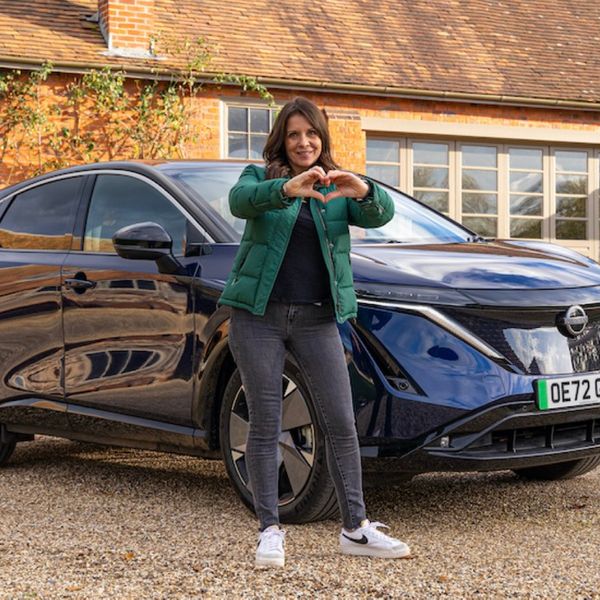If you’ve made the switch to an electric car, you’re probably feeling good about the reduction in your carbon footprint – as well as the money you’re saving. You might now be looking at the rest of your world and wondering if there are other changes to your lifestyle you can make.
It may surprise you to read that more than a quarter of your carbon emissions come from the energy you use at home. So when you’re looking to make a big impact, there’s no better place to get started than your own house.
We know that boiling a kettle, taking a shower, shopping online, or cooking your dinner all adds up. But by making modest changes, you can reduce emissions and save money. Here are our super six savers to cut the carbon (and cash).
Put on a jumper
When you were a child and complained about the cold, your parents probably told you to put on a sweater. Today we all tend to expect our houses to be warm enough to wear T-shirts all day, even in the depth of winter. It’s not just your memory playing tricks on you - homes used to be colder. According to research from OVO Energy, the average temperature of a house during wintertime during the 1970s was 12°C. Today, it’s 18°C.
We are not suggesting that you make your family freeze, but turning down the thermostat by just 1°C could save you around £60 every year. You can also make more intelligent use of your heating by installing thermostatic radiator valves to keep some rooms cooler while ensuring others are still warm. Think about it – the bathroom can be 24°C so you don’t shiver in the shower, but the bedroom is more comfortable when its cooler and you’re tucked under a duvet.
![]() Use thermostatic valves to vary the heating in each room
Use thermostatic valves to vary the heating in each room Peg your pants
The biggest carbon culprit in your kitchen is the tumble dryer. It pumps out around 60kg of CO2 a year, which is the equivalent of driving 322 miles in a diesel car.. It might not be as convenient as throwing it in a dryer, but hanging your laundry out will save you money and emissions.
While we are talking about laundry, do a few experiments with your washing machine’s settings. You might well find that the eco settings make no difference to the quality of the wash but are faster and make better use of energy and water.
Finally, think about your choice of detergent. Concentrated formulas use less packaging, and some companies such as Smol will deliver capsules to your door every month.
![]() Change your detergent and peg your pants
Change your detergent and peg your pants Don’t standby for action
Some small changes won’t make the slightest impact to your life, yet add up to a big deal. Like turning off your devices rather than leaving them on standby. Idling appliances like TVs and laptops could be costing you around £35 a year, and not just from that little red light in the corner of the machine. Simply switch them off at the wall and save. Try and do the same for device chargers that aren’t in use.
You’ll probably have swapped all your light bulbs to energy-saving LEDs already, but if you illuminate the outside of your home, consider a move to bulbs which have built-in sensors, so they only come on when someone is near. It’s a great security feature too.
![]() LED bulbs with sensors are a great security feature
LED bulbs with sensors are a great security feature Granny knows best
Here’s another tip we’ve borrowed from your Gran – make do and mend. We have all become so used to cheaper electrical goods that we will often throw out relatively expensive pieces of kit because they stop working, knowing that we can get a new one delivered the next day.
Not only does this habit cost a lot of money – it adds to landfill and creates a headache for you too if you need to dispose of a bulky appliance. So before you recycle or throw broken things away, try fixing them yourself if you are confident to try. Often the exact fault will be listed on an online forum or YouTube and some kind soul will tell you how to repair it. If it’s something simple like a blown fuse or blocked filter you’ll feel very smug.
For more serious repairs which fall outside your comfort zone, find a local repairer by asking for recommendations on social media or look up your local Repair Café.
If you still can’t fix it then offer it for free to someone else who is willing to give it a go, or can use it for parts to make another appliance live again. Community forums and sites like Gumtree or Freecycle are great for this.
![]() Check online for repair guides and tips
Check online for repair guides and tips You are what you eat
The food you choose to cook plays a crucial role when trying to reduce your carbon footprint. Merely eating less red meat makes a mind-boggling difference. Planning a takeaway? You can eat six portions of fish n’chips or nine falafel pittas for the equivalent emissions generated by a single cheeseburger.
And as if all those emissions aren’t bad enough, we throw away a massive amount of food without even eating it. Think of the wasted effort and energy that has gone into growing, harvesting, preparing and distributing that potato which is now sprouting in your cupboard. Yet UK homes waste 4.5m tonnes of food a year.
You can change that by making a food plan. Only buy what you need and avoid oversized packs and multi buys unless you’ll need them and have room to store them properly. If something is approaching its sell-by date, then freeze it for use another day.
Buying locally-sourced food seasonally will help you reduce emissions from transportation, preservation, and refrigeration. Plus it just tastes better!
![]() Swap the burger for a falafel when you need a mid-charge snack
Swap the burger for a falafel when you need a mid-charge snack  Use thermostatic valves to vary the heating in each room
Use thermostatic valves to vary the heating in each room 















